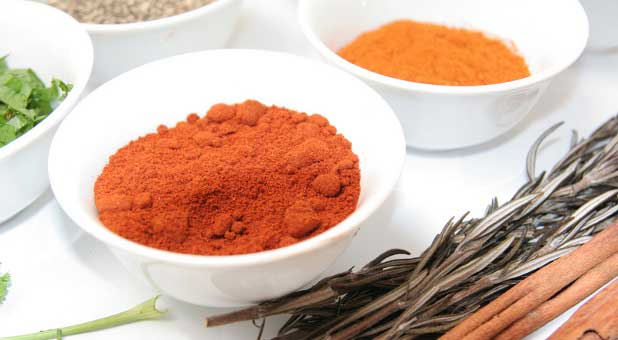Pediatricians today cautioned young people against participating in a popular dare known as the cinnamon challenge, which involves trying to swallow a tablespoon of ground cinnamon in a minute without drinking water.
Health risks tied to the game—such as breathing problems, lung inflammation and asthma attacks—are relatively rare, they said, but are “unnecessary and avoidable.”
“What we were discovering was that it wasn’t just that this was a dare prompted by peer pressure, but in fact there were acute health issues associated with it and there might be some real concerns for more chronic health issues,” said Dr. Steven Lipshultz, a co-author on the study from the University of Miami Miller School of Medicine.
When a person tries to swallow a spoonful of cinnamon without water, it almost always results in choking, Lipshultz told Reuters Health. Then, if the user takes another breath in, cinnamon powder can coat the airways and get stuck in the lungs.
Cinnamon powder is mostly cellulose, which doesn’t degrade in the lungs and has been shown to cause permanent tissue changes that can reduce lung function, according to the authors.
They also called the powder caustic and said it “triggers a severe gag reflex” in response to a burning sensation in the mouth and throat.
Attempts at the cinnamon challenge have increased dramatically in recent years, researchers said, in part as a result of popular Internet videos.
U.S. poison control centers received 222 calls relating to abuse or misuse of cinnamon by teens in 2012, according to the American Association of Poison Control Centers. During the first half of that year, about 30 people required medical attention due to cinnamon inhalation, the study team wrote in Pediatrics.
Symptoms included coughing, nosebleeds, burning in the throat and vomiting.
Lipshultz said those numbers may just be “the tip of the iceberg,” as poison control centers aren’t always called when someone is taken to the emergency room after attempting the dare.
His group said parents and doctors should talk to kids about those potential harms so that they can know the risks of the cinnamon challenge in the face of peer pressure to participate.
“We all were teenagers and college students at one point and did things we later regretted—most of the time there’s not lingering consequences. The concern here is that may not be the case,” Lipshultz said.
Cindy Deutsch, public education coordinator for the Rocky Mountain Poison and Drug Center in Denver, said her own research has suggested that calls to poison control centers and Internet activity related to the cinnamon challenge peaked in early 2012 and have since declined.
“This year … locally here, we’ve only had one call regarding the cinnamon challenge,” she told Reuters Health.
Still, she agreed with the authors that it’s something parents and school nurses, in particular, should be aware of and talking to youth about.
“It’s definitely not worth the risks, because it can cause very serious health consequences, and there’s really no good reason to do this,” Deutsch, who was not involved in the new research, told Reuters Health.
“With people who have asthma is where it can be worse,” added Dr. Alvin Bronstein, the center’s medical director.
“These are mostly young people,” he told Reuters Health. “They’ve got youth on their side, but we wouldn’t recommend it.”
Cinnamon may be deceiving because it’s so commonly used as a cereal topper or gum flavor, Lipshultz said.
But, he added, “Just because it’s on your spice rack, if you take half a bottle of cinnamon at once in your mouth, it may not be so benign.”
© 2013 Thomson Reuters. All rights reserved.















































